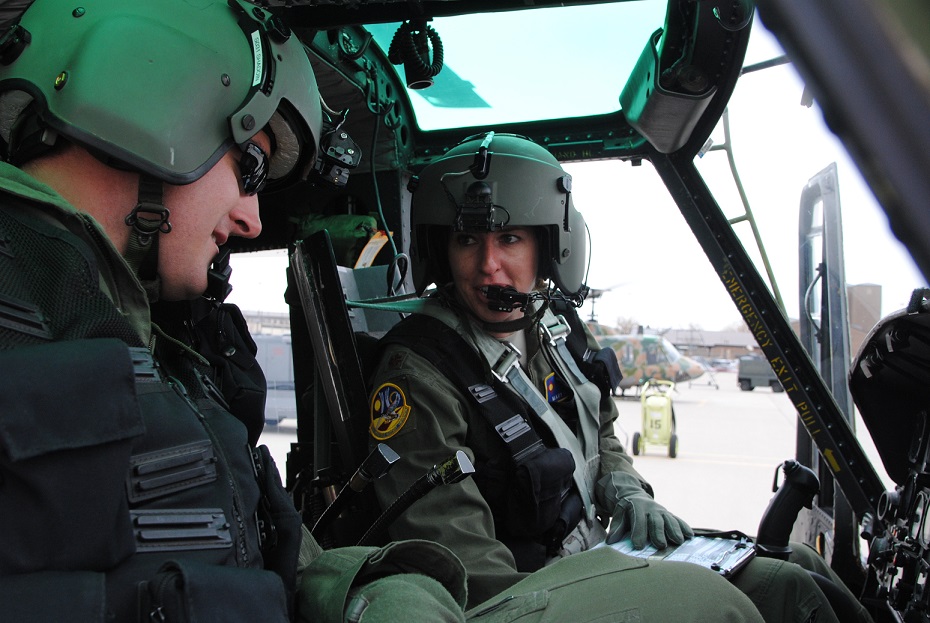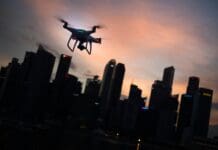This post is also available in:
 עברית (Hebrew)
עברית (Hebrew)
Finding the right virtual reality simulators that actually perform like a helicopter has been a challenge. Among the problems in training helicopter pilots are simulating a 360 degree vision, enabling a vertical reference perspective, etc. The US Army wants to improve its capabilities in hope to curb the ongoing pilot shortage. One of the moves is a new program that is underway, designed to test just how effective virtual reality and simulation may be in training students to fly helicopters.
The simulator was created in partnership with industry by the US Army Combat Capabilities Development Command’s Aviation and Missile Center.
The pilot program will involve a full flight school class of 48 students. Half of those students will serve as a control group, going through normal flight school training curriculum of 32 live-flight hours. A second group of 12 students will get 18.7 live-flight hours, and a third group of 12 students will get 11 hours of live-flight time. But the second and third groups will get 40 percent and 60 percent more total flight time, respectively, in terms of the combined flight, virtual reality and simulation, according to c4isrnet.com.
Once that initial phase of flight school is completed, students will continue through the curriculum without virtual reality, experiencing the same training as the control group in the class. Ultimately, they will all perform a check ride in the actual aircraft, which will determine capability.
That first phase of the pilot program will take nine weeks. Two additional classes will then go through the same program.
Maj. Gen. William Gayler, commanding general of the U.S. Army Aviation Center of Excellence (USAACE) and Fort Rucker, told defensenews.com: “Leveraging virtual reality with eventually some artificial intelligence, and some cognitive aiding technologies, are going to produce a far better product because there will be more frequency and repetition on those platforms… If that translates into less time in flight school and less blade hours, that logically means less money because we pay for student training by blade hours.”
“What we’re trying to do is achieve the right mix of live and virtual [training] to get a higher-quality aviator,” said Col. Chad Chasteen, commander of the 110th Aviation Brigade at the USAACE. He added that the program was developed with a great deal of input from the Air Force, which relies more heavily on simulators for pilot training. “We believe, by giving a student more repetitions and base tasks and fundamentals, that by the time they get to their combat aircraft, they’re going to be a higher-quality aviator, even though they got less time in an actual aircraft.”


























